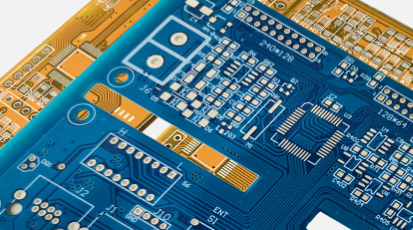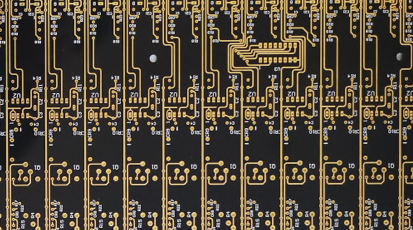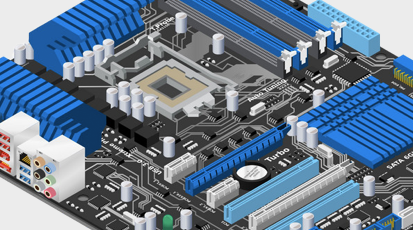PCB impedance control requirements
By:PCBBUY 07/15/2021 17:23
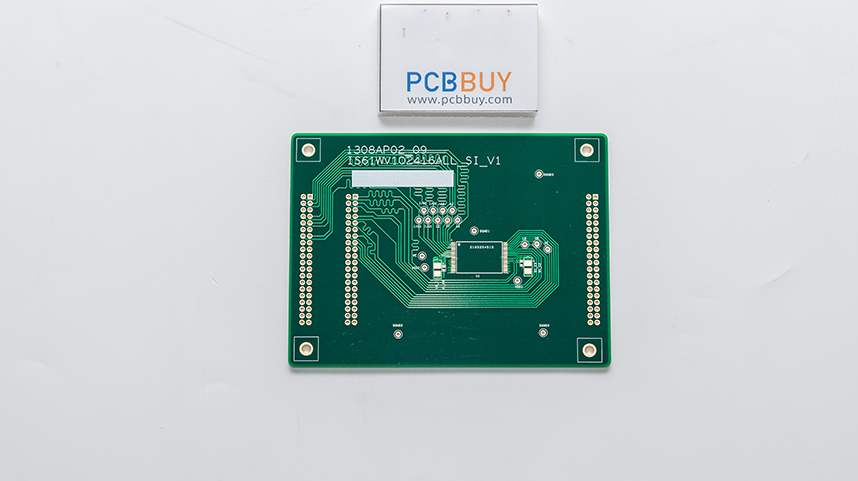
Impedance control is very important during the whole process of PCB manufacturing. And with the development of technology, an impedance control PCB is now a necessity. And what are the requirements to specify PCB controlled impedance. In this passage we are talking to the topic, please check the content we prepare for you below.
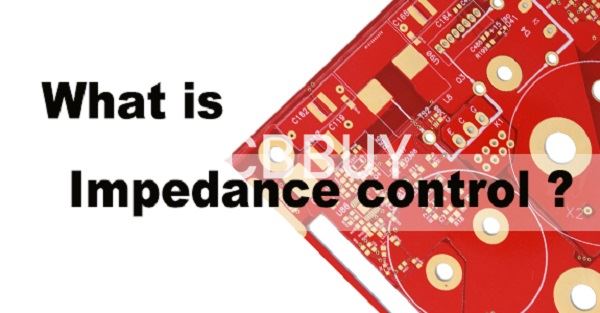
It Enables PCBs to Deal with Signal Integrity Issues
Recently, the globe has seen a surge in the switching speeds of most electronic devices. Now more than ever, devices have become complicated and somewhat faster than before. For instance, matters to do with Signal Integrity (SI) are far more recurrent as the device's operational speeds also increase. In other words, devices need to be in an excellent position to deal with any Signal Integrity issues. Apt examples of integrity issues on a printed circuit board include the following:
· Signal loss
· Ringing
· Power supply noise
· Ground bounce
· Crosstalk
· Distortion
By following the right design practices, designers can avoid potential SI issues. In this case, controlled impedance can help them in mitigating or averting signal integrity issues.
Helps to Manage Electromagnetic Interference (ELI)
Impedance control in PCB is necessary for the management of electronic interference (ELI). Designers scared of circuit disruptions because of electromagnetic interference are safe if they choose to invest in impedance controlled PCBs.
In the PCB world, even a slight pulse of reflection energy may disrupt the whole circuit. Such disruptions often extend to neighboring parts of the board. It may affect the flow of energy, making the entire board's operation fail. As a designer, you don't want to face any of these problems during a crucial process. That's why you need a quality PCB designed with impedance requirements in mind.
It Brings about Controlled Energy Flow
If you aren't aware controlled impedance PCBs use very little energy. If you desire to have some controlled energy flow for all your projects, then an impedance control PCB should suit you. Controlled impedance is an essential factor during energy flow. It comes in handy, especially during transitions from lower Ohms to an environment that requires high Ohms, where there's much impedance. Such changes may lead to energy reflection noticed in the form of powerful pulses.
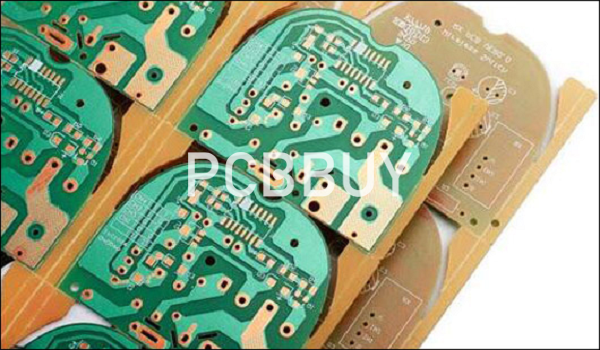
The powerful vibrations are capable of interfering with the flow of energy. So, if you have to use high-powered digital devices such as those in RF applications, you'll find controlled impedance PCBs as a necessity.
It Makes High-level Devices to Work Faster
If you need a PCB that guarantees your desired performance, then go for a controlled impedance PCB. The main reason why many devices fail, especially when it comes to integrity and signal power, is due to poor PCB layout and design. When it comes to the manufacture of PCBs, the layout stage is very critical. Failure to take special considerations may see high-speeds signals degrade. The reason for this is because they tend to disseminate from the driver to the receiver.
So what are we trying to say here? Impedance control PCB devices tend to perform faster while also using little energy. Such kind of boards enables electronic devices to perform well for a longer time. It thereby improves its reliability and value.
It Clears Requirements and Keeps Everything Moving
Impedance controlled boards reduce many restrictions, thereby preventing delays during manufacturing. When all the requirements are precise, the designer can manufacture boards that function as desired.
With specific conditions, there are no delays at all when it comes to material ordering. It also helps in minimizing the time wasted in exchanging phone calls and emails. While impedance control may be a bit expensive, it's worthwhile in the long-run. Here, all the requirements are noted, thereby keeping everything moving on forward as desired. Manufacturing high-quality controlled impedance PCB, the following steps:
· Etching
· Multilayer processing
· Engraving photos
· Drilling
· Finishing
· Testing
With impedance control, all requirements in every step remain clear. This thereby ensures that everything moves on as desired.
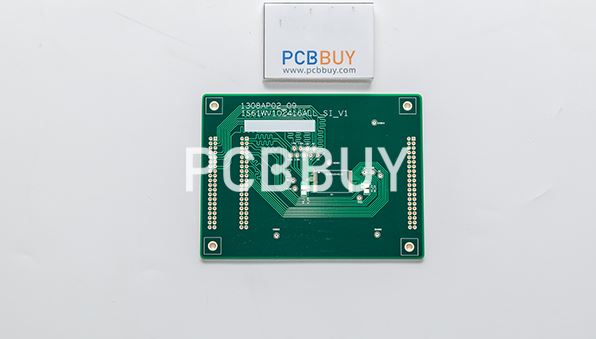
Controlled Impedance Helps to Avoid Common Mistakes
When designing PCBs, designers often encounter many design challenges. Some of the mistakes and problems include:
· Traces crossing the split lanes
· Trails with missing reference ground planes, leading to high impedance
· Mismatches, especially when it comes to lengths that can bring about signal distortions.
· Using a lot of pre-pegs
· Wide impedance trace spaces
If you want to design a functional impedance control PCB, you may have to invest or think about impedance control.
Incomplete Information Brings about Delays
Another reason is why controlled impedance matters in the production of high-level PCBs is that it aids in avoiding delays. Designers need to be aware that even small missing pieces of information may be risky in controlled impedance.
For instance, controlled impedance effects combining the type of material and thickness needed to hit the required impedance. But if the impedance callouts become unclear, then you experience delays. It means that we can save the product for a long time in the pre-production stage. Though, it's not difficult for designers to specify the impedance requirements early. Early identification of impedance requirements is the first step to ensuring that production goes on with no delays.
Industry Category

